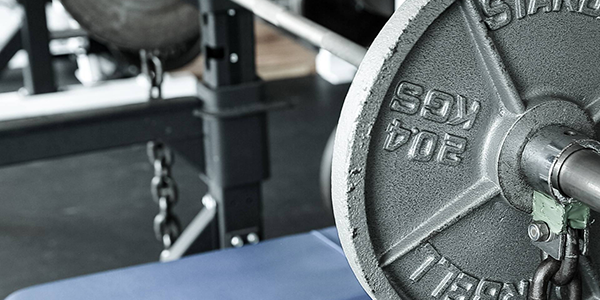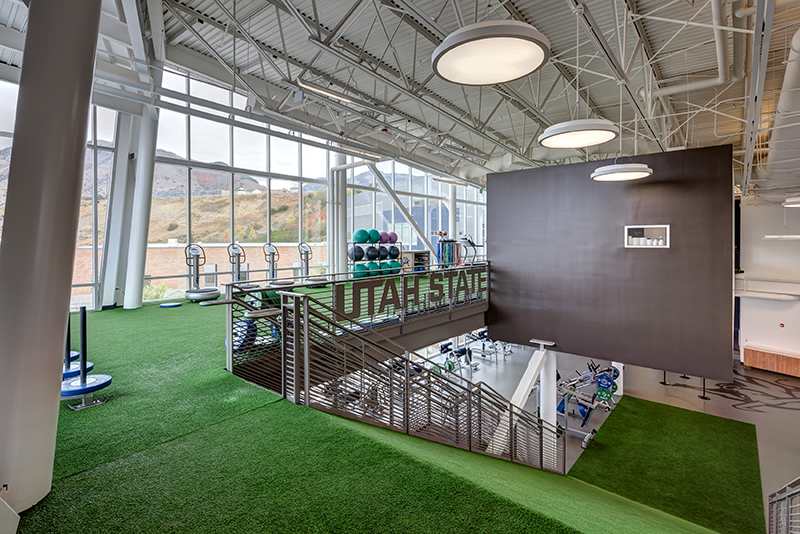Gassers Are Out. Energy System Training Is In.
If you talk to any football coach having their team in “great condition” is still one of the most often heard quotes during this time of year. We as strength and conditioning professionals are the ones who are tasked with assuring the coach that their team is ready and prepared for the upcoming season.
In years past we would prescribe common conditioning modalities as 110’s, Gassers, 300 Shuttles etc. Though a lot of us has what we would call success using these methods, they are and have become outdated.
The term energy systems training is the common term most of us use now when “conditioning” our athletes for sport.
Energy systems training in a nutshell is developing conditioning protocols that mimic the energy systems that can be used during a specific athletic event.
The one mistake some coaches make is that they only focus on one particular energy system and neglect the others, thus having an athlete that can only display said energy system in competition. This is where we as professionals have to understand that all energy systems are vital to success, but also understand the needs of the sport, and program each percentage of the energy systems correctly.
The 3 primary energy systems of the body can be identified as follows:
ATP-CP
ATP-CP mainly supplies energy for the exercise with high intensity and short time. This system is anaerobic, which means it does not use oxygen. The total muscular stores of both ATP and CP are small. Thus, the amount of energy available is limited. The ATP stored in the working muscles is exhausted in 6-10 seconds of vigorous activity.
Anaerobic Glycolysis
This system is an effective means of energy production during short, intense exercise, providing energy for a period ranging from 10 seconds to 2 minutes. The anaerobic glycolysis (lactic acid) system is dominant from about 10–30 seconds during a maximal effort.
Aerobic
The aerobic energy system utilizes fats, carbohydrate and sometimes proteins for re-synthesizing ATP for energy use. The aerobic system produces far more ATP than either of the other energy systems but it produces the ATP much more slowly, therefore it cannot fuel intense exercise that demands the fast production of ATP. This system begins to kick on after 30 Seconds of maximal effort.
In regards to football, a majority of the energy systems used occurs by means of the ATP-PC and Glycolytic systems. In terms of training football players we need to take a few factors into account;
- Plays per drive
- Average Drives Per Game
- Rest Periods Per Play
- Offensive and Defensive Tempo
Work Capacity Day
With so many teams using high tempo spread systems in today’s game, we must adjust our conditioning protocols to suit this style of play. One of the ways that we employ this method is by means of tempo running. This is considered our work capacity day. This type of training will tray and depict actual game type energy expenditure and rest intervals.
Each position group will be given a specific distance, and goal time, with a set rest interval that will decrease as the players progress throughout the training calendar. Distances will range from 90 yards to 60 yards, with rest intervals from 25 seconds down to 15 seconds.
Alactic Day
On what we call our “alactic day”, we will concentrate on repeated effort sprinting to train top end velocity and acceleration. This will encompass max effort work with full recovery to teach our players how to recover quickly and repeat max effort work over a given amount of time.
What also needs to be taken into account is how we progress our athletes in this day and age, Proper Progression and RTP protocols must also be followed. A slow cook approach to conditioning will not only make sure that our athletes are ready to perform but will assure that our athletes are protected from heat illness, and injury.
In conclusion, the closer that we can make our training to mimic the demands of the game, the better off that we as a staff can feel in preparing our athletes. Always understand that there is no one right way, but being able to use a scientific and holistic approach to training will always lead to the most benefit for all involved.
Subscribe to our blog
Subscribe to receive the latest blog posts to your inbox every week.
Related posts

Why Your Small School Strength Coach Should Be the Highest Paid Coach on Your Staff

What Type of Profession Are Strength Coaches Really In?


